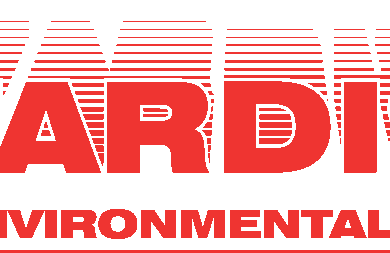Five Marketing Predictions for 2025
Jan 2, 2025By this point, most marketers have become accustomed to the never ending whirlwind of change and evolution in the digital…

For modern business, websites have become a vital tool in reaching and engaging with their target audience and as technology continues to evolve, so does our understanding of the environmental impact of web usage.
While it may seem odd that an intangible space of ones and zeros can have a physical environmental impact, it is an all too real concern. The servers that power our websites, the data centres that store our information and the devices we use to access the internet all consume energy and resources.
In fact, the digital industry is responsible for 3-5% of global emissions, which is more than the aviation industry and if the internet was a country, it would be one of the top five polluters in the world.
This has led to a growing emphasis on web sustainability, which refers to the practice of designing and building websites that minimise their negative impact on the planet. In a bid to improve efforts towards a more sustainable digital world, the World Wide Web Consortium (W3C) released the Web Sustainability Guidelines (WSGs 1.0) in late 2023.
The Web Sustainability Guidelines are a collection of best practices and recommendations, aimed at reducing the environmental impact of websites while enhancing user experience and accessibility.
While they are primarily managed by the W3C, The WSGs are the culmination of nearly two years of collaborative effort by a large group of volunteers from organisations around the world.
This dedicated team, composed of academics, business leaders, web and UX designers, developers, sustainability consultants and more, has created a valuable resource for anyone seeking to improve the digital products and services they create and manage.
The resulting guidelines are best practices based on measurable, evidence-based research, aimed at end-users, web workers, stakeholders, tool authors, educators and policymakers.
While the WSG contains 93 guidelines and 232 success criteria (you can read the full guidelines above) its primary goals are to emphasise the importance of environmental impact, user experience and social responsibility, and can be broken down into the following key points.
Highlighting the responsibility of web designers and developers to adopt energy efficient means of:
Design your website to be accessible to people with a wide range of disabilities, including visual, auditory, motor, and cognitive impairments.
Optimise your website to reduce energy consumption and improve user experience.
Efficient resource management is crucial for improving website performance and reducing environmental impact.
Carbon offsetting can be used to neutralise the environmental impact of a website’s hosting and other activities.
As a full service B2B digital marketing agency, Extramile Digital understands the significant implications of the WSGs for the design and build process of B2B websites.
We ensure that every site designed and developed for our clients adheres to the web sustainability guidelines, ensuring that we can create websites that are not only more sustainable but also enhance user experience and improve brand reputation.
By implementing web sustainability guidelines, B2B businesses can enjoy several significant benefits, including:
By prioritising sustainability in your website design and build process, you can create a more impactful and sustainable online presence.
If you want to ensure that your B2B website is sustainable, accessible and delivers an exceptional user experience for your customers, speak to our team of experts today!
Contact us today to discuss your B2B website build.

By this point, most marketers have become accustomed to the never ending whirlwind of change and evolution in the digital…

When Tardis needed a website that had far superior performance than its predecessor, we knew what we had to do.…

Google Search Console (GSC) platform offers marketers data straight from the horse’s proverbial mouth – impressions, clicks, average position, CTR…

You put budget into platforms like Google Ads and LinkedIn, but often you’re left wondering where the results are, especially…